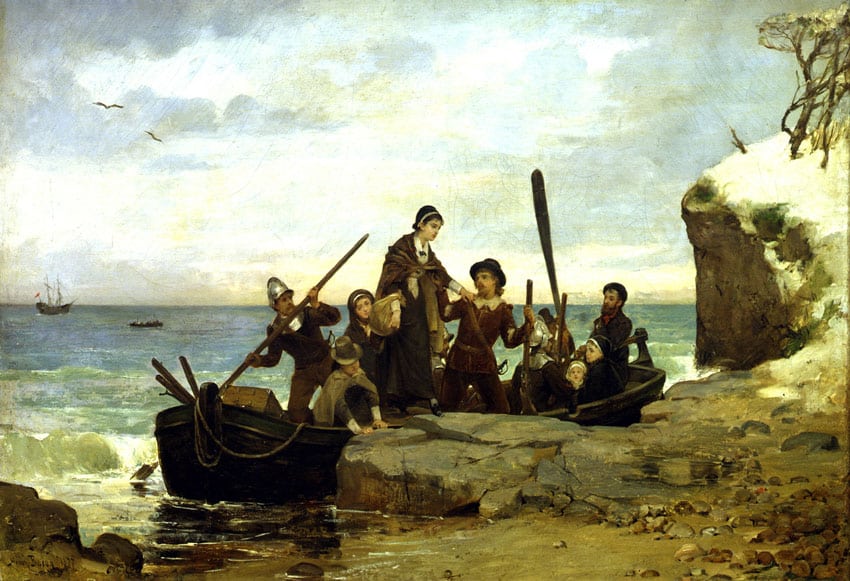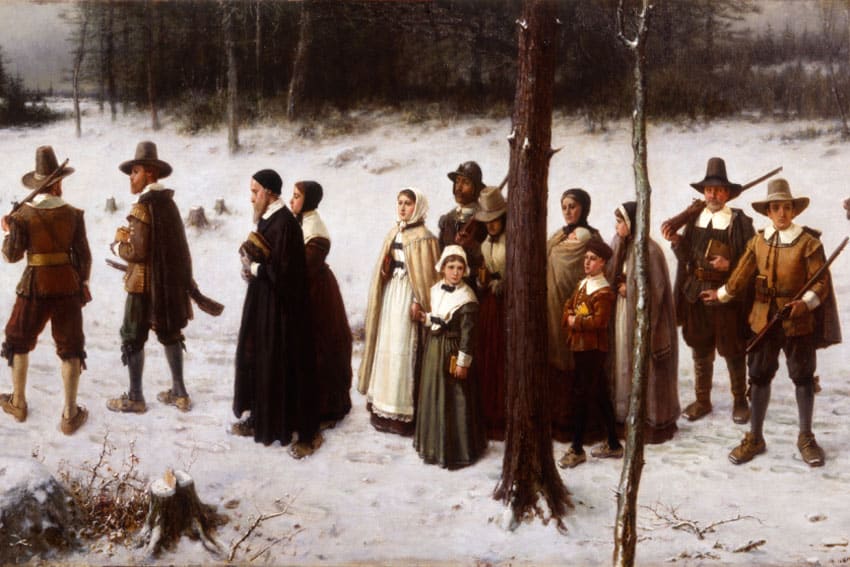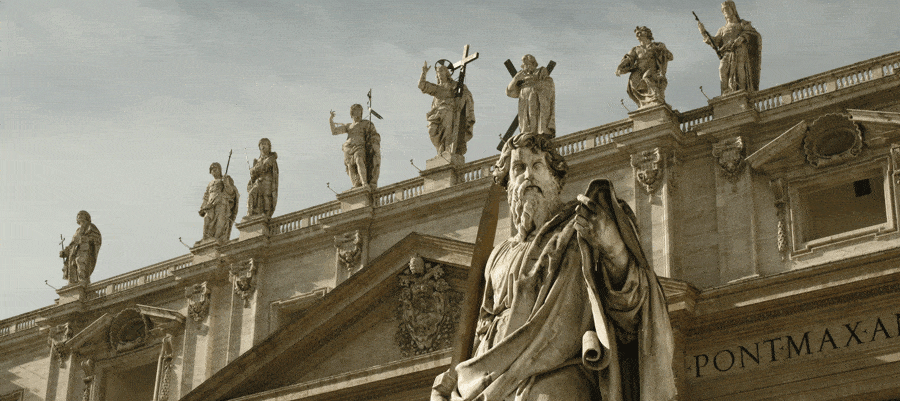
On November 22, we Yanks will be celebrating Thanksgiving. It’s not quite an exclusively American feast. Our Canadian neighbours celebrate it too, but in October, which I think is more sensible since eating turkey twice in one month (November 22 and December 25) is a bit much.
As the story goes, the Pilgrims came to Massachusetts Bay Colony because they were seeking ‘religious liberty’. Actually, they were seeking the freedom to be harsher with themselves than English law allowed. They weren’t big on religious liberty.
The Anglican Church of their day was, they thought, impure because it still preserved a lot of Catholic piety and beliefs that they wanted to purge. They were second generation fanatics bent on Doing It Right and showing Mom and Dad what Real Christianity [TM] is.
They disliked the Romish ways of their Anglican fathers and their compatriots in England would, about 30 years after the landing at Plymouth Rock, cut off the head of King Charles for failing to be as intolerant as they wanted him to be.
Here on our shores, the Puritans would, like every other religious community except the Catholics and the Quakers, crush the religious freedom of everybody who was not them. In Maryland, the only Catholic colony, religious liberty lasted right up to the moment Catholics became a minority, at which point Catholic religious liberty was smashed.

Puritans loathed the “Romish idolatry” of our Catholic statues and images. But only the religious statues and images. For some reason, they completely disconnected their fetish about religious imagery from all other forms of imagery.
One hilarious consequence of this is seen in King’s Chapel in Boston. Built by the prosperous local burghers in the 17th century as a Calvinist shrine, it contains not the slightest trace of imagery depicting Jesus, Mary, or the saints.
But the local merchants who paid for the joint were not going to be denied their shot at advertising to the worshippers. So King’s Chapel is stuffed to the rafters with statues and busts—aka “graven images”—of rich men.
The Puritans also hated Romish feasts and holy days. Some of the more fanatical ones even wanted to rename the days of the week ‘First Day’, ‘Second Day’ etc. since they felt it was a sin to name pagan gods.
The Interregnum under Cromwell was a period in which the Puritans tried to ban everything the English found fun, including Christmas. They were the original Grinches and it is not for nothing that Chesterton remarked that, in America, we have a feast to celebrate the arrival of the Pilgrims and in England they should have a feast to celebrate their departure.

This killjoy spirit had trouble taking root in America beyond New England because the Puritans never managed to dominate the other colonies. We Yanks started as a mongrel breed of various Europeans and the fun of certain Christian holidays won out over Puritan buzzkill in the end.
One of the curious paradoxes of this is that the legendary feast the Puritans themselves celebrated to thank God for surviving their first winter took hold as a piece of the American mythos.
The Pilgrims who had come to North America to escape all the allegedly unbiblical feasts and fasts and “pagan holidays” wound up being venerated like secular saints, complete with big graven images of themselves in town squares, put up by their descendants who needed, as humans do, heroes to look up to.
And these enemies of all things Romish, especially the supposedly monstrous fraud of the Mass they hated above all?
They wound up being remembered in America almost entirely for one thing: a feast dedicated to God whose name, in Greek, is “Eucharist”.
God has a sense of humour.
